Airport Operations are the backbone of global air travel, encompassing every process that keeps airports running safely, efficiently, and passenger-friendly. From terminal check-ins to air traffic control, these operations work in tandem to turn complex travel logistics into seamless experiences for millions daily. In this guide, we’ll break down the core elements of Airport Operations, explore how advanced management systems elevate performance, and highlight strategies to enhance both safety and passenger satisfaction—critical for airports aiming to stand out in 2025’s competitive aviation landscape.
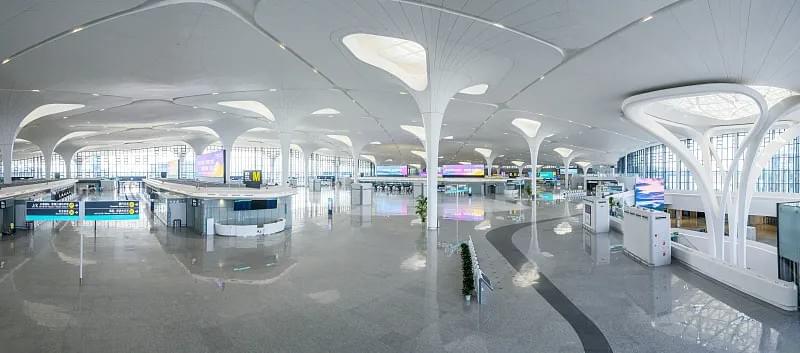
1. The Fundamentals of Airport Operations
To master Airport Operations, you first need to understand its core purpose: to facilitate safe, efficient air travel by coordinating people, processes, and technology. Every task, whether it’s checking a passenger’s bag or guiding a plane to its gate, ties back to this goal. Below are the key components that form the foundation of effective Airport Operations.
1.1 Core Processes of Airport Operations
Airport Operations rely on four interconnected processes, each critical to avoiding delays and ensuring a positive traveler experience:
- Passenger Services: This includes check-in (both manual counters and self-service kiosks), boarding gate management, and assistance for travelers with special needs. Smooth passenger services reduce wait times and set the tone for the entire journey.
- Baggage Handling: From drop-off to claim, this process uses automated systems (like conveyor belts and sorting software) to track and transport luggage. Errors here—such as lost bags—directly harm passenger satisfaction, making it a top priority for Airport Operations teams.
- Security Checks: Mandated by global aviation bodies (e.g., the FAA in the U.S., EASA in Europe), security checks screen passengers, carry-on items, and checked baggage for threats. These checks are non-negotiable for safety, and efficient execution minimizes bottlenecks.
- Ground Handling: This covers all tasks needed to prepare an aircraft for its next flight, including refueling, cleaning, loading cargo, and towing the plane to the gate. Delays in ground handling can disrupt entire flight schedules, so timeliness is key.
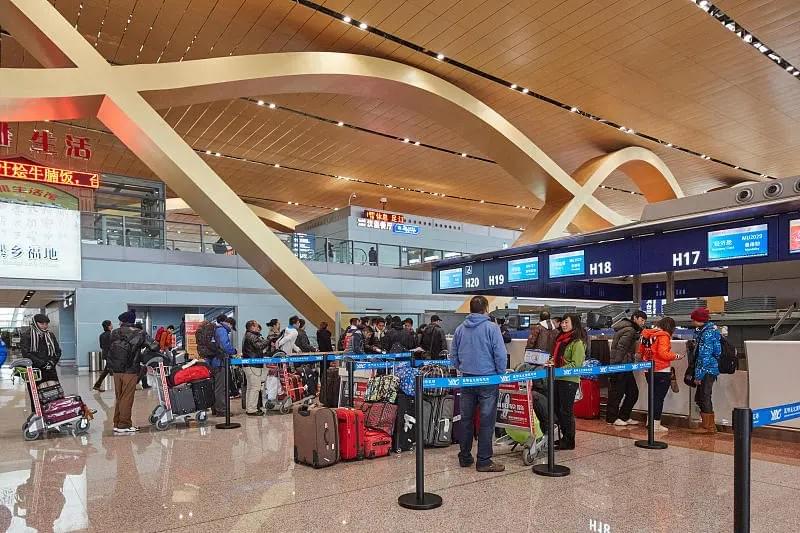
1.2 Why Airport Operations Matter
Beyond keeping flights on time, Airport Operations play three vital roles in global travel and local economies:
- Safety First: Every process in Airport Operations is designed to protect passengers, staff, and aircraft. For example, routine aircraft inspections during ground handling prevent mechanical failures, while air traffic control avoids mid-air collisions.
- Economic Driver: Airports are hubs for trade and tourism. Efficient Airport Operations attract more airlines and passengers, boosting local businesses (hotels, restaurants, retail) and creating jobs. A well-run airport can add billions to a region’s GDP annually.
- Global Connectivity: In an interconnected world, airports link cities, countries, and continents. Reliable Airport Operations ensure that travelers and cargo move across borders without unnecessary delays, supporting international business and cultural exchange.
2. The Role of Terminals in Airport Operations
Terminals are the “face” of Airport Operations—they’re where passengers interact with most airport services, making their design and management critical to success. A well-optimized terminal doesn’t just improve passenger satisfaction; it streamlines workflows for staff and reduces operational costs.
2.1 What Is an Airport Terminal?
An airport terminal is more than a building—it’s a centralized hub that integrates all front-end Airport Operations. It houses:
- Check-in Zones: Both staffed counters and self-service kiosks for passengers to confirm their flights and drop off baggage.
- Security Checkpoints: Staffed by trained personnel and equipped with X-ray machines and body scanners to screen travelers.
- Waiting Areas: Lounges (for all passengers and premium members), retail stores, and restaurants to keep travelers comfortable during layovers.
- Boarding Gates: Designated areas where passengers wait to board their flights, connected to aircraft via jet bridges or shuttle buses.
- Baggage Claim: Conveyor belts where arriving passengers retrieve their checked luggage, often paired with customer service desks for lost items.
- Customs & Immigration: For international terminals, these areas ensure compliance with border control laws, checking passports and declaring goods.
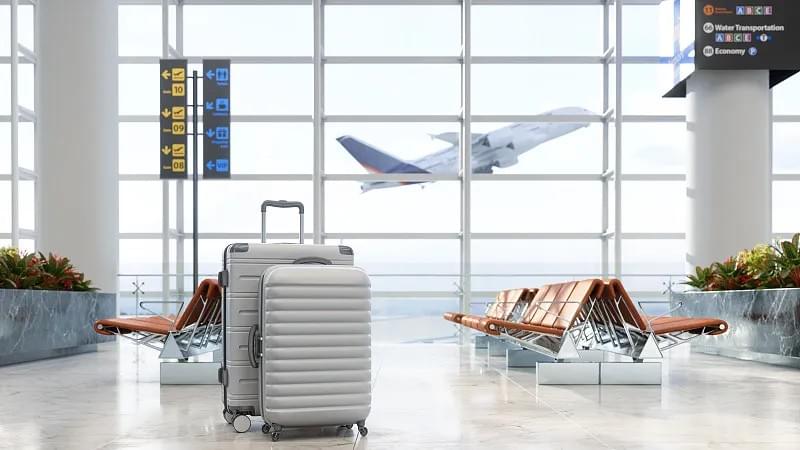
2.2 Types of Terminals & Their Operational Needs
Terminals are designed to match an airport’s size and the type of flights it handles. Each type has unique operational requirements:
- Domestic Terminals: Focus on flights within a single country. They require fewer specialized areas (no customs/immigration) but need efficient check-in and boarding processes to handle high passenger volumes during peak hours (e.g., holidays).
- International Terminals: Serve flights across borders. They need dedicated customs and immigration zones, multilingual staff, and currency exchange services. Operational teams here must coordinate with border control agencies to avoid long queues.
- Multi-Use Terminals: Combine domestic and international services in one building. These require flexible layouts (e.g., movable partitions for customs) and advanced scheduling to ensure that domestic and international flights don’t overlap in high-traffic areas.
2.3 Optimizing Terminals for Better Airport Operations
To get the most out of a terminal, Airport Operations teams should focus on three key areas:
- Passenger Flow: Use signage (digital and physical) to guide travelers from check-in to boarding, reducing confusion and bottlenecks. For example, placing security checkpoints near check-in zones cuts down on walking time.
- Technology Integration: Install digital flight information displays (FIDs) to keep passengers updated on delays or gate changes. Automated baggage sorting systems (with RFID tags) reduce lost bags and speed up claim times.
- Space Utilization: Design waiting areas to accommodate peak crowds without feeling overcrowded. For example, adding flexible seating that can be rearranged during busy periods, or placing retail stores along main walkways to distribute foot traffic.
3. Airport Operation Management Systems: The Tech Backbone
In 2025, Airport Operations can’t run efficiently without advanced management systems. These digital tools centralize data, automate routine tasks, and give teams real-time visibility into every process—from flight schedules to passenger flow.
3.1 Key Features of a Top-Tier Airport Operation Management System
A high-performing system should include these must-have features to support Airport Operations:
- Real-Time Data Tracking: Monitors flight statuses, passenger counts, and baggage locations in real time. This lets teams adjust quickly to delays (e.g., reassigning gates if a flight is late) or overcrowding (e.g., adding staff to a busy security checkpoint).
- Automation Tools: Handles repetitive tasks like check-in, baggage tagging, and gate assignments. Self-service kiosks, for example, reduce wait times at check-in, while automated gate scheduling ensures that aircraft are assigned to available gates efficiently.
- Reporting & Analytics: Generates insights into operational performance—such as average check-in time, baggage loss rates, or peak passenger hours. This data helps managers identify bottlenecks and make data-driven decisions to improve Airport Operations.
- Interdepartmental Communication: Connects teams across the airport (ground handling, air traffic control, terminal staff) via a shared platform. This eliminates miscommunication (e.g., a ground handler knowing exactly when a plane will arrive) and speeds up problem-solving.
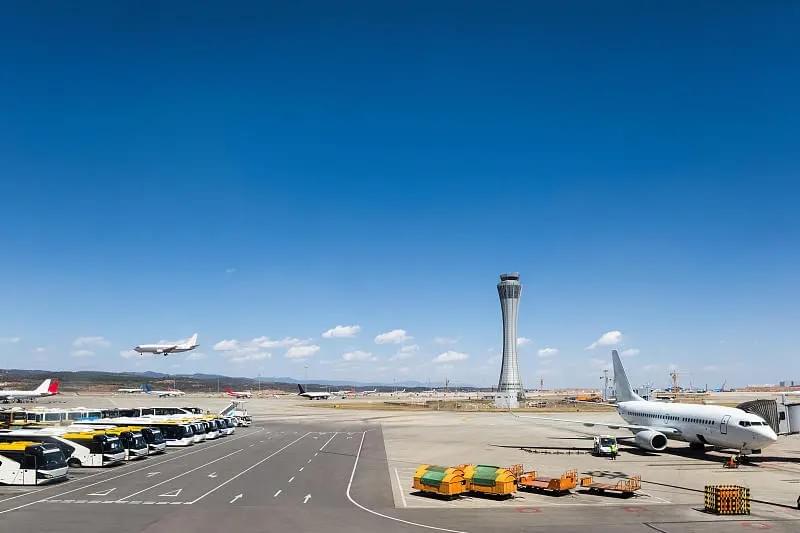
3.2 Benefits of Automation for Airport Operations
Automation is a game-changer for Airport Operations, offering three key advantages:
- Faster Processing Times: Automated check-in kiosks let passengers complete their paperwork in minutes, compared to 10+ minutes at a staffed counter. Automated baggage sorting systems can process thousands of bags per hour, reducing claim wait times.
- Lower Error Rates: Human error (e.g., mislabeling a bag, assigning the wrong gate) is a major cause of delays. Automation reduces these mistakes—RFID tags on bags, for example, ensure that luggage is sent to the correct flight 99% of the time.
- Cost Savings: By automating routine tasks, airports reduce the need for extra staff during peak hours. For example, one self-service kiosk can handle the work of two check-in agents, cutting labor costs while improving efficiency.
3.3 Case Study: Haisen’s Airport Solutions
Haisen’s integrated Airport Operation Management System is a prime example of how tech elevates Airport Operations. Used by airports worldwide, it combines:
- Flight Tracking: Monitors aircraft in real time, including weather delays and gate assignments, to keep schedules on track.
- Passenger Flow Analysis: Uses sensors to track how many travelers are in each terminal area, alerting staff to overcrowding before it causes delays.
- Ground Handling Optimization: Uses algorithms to assign ground handlers (e.g., refueling teams, baggage loaders) to aircraft based on arrival times, ensuring no time is wasted.
During peak travel seasons (e.g., summer holidays), Haisen’s system has helped airports reduce flight delays by 30% and passenger wait times by 25%. For airports looking to upgrade their Airport Operations, this type of integrated solution is a smart investment.
4. Ground Handling: The Unsung Hero of Airport Operations
Ground handling is often overlooked, but it’s one of the most critical parts of Airport Operations. Every task—from refueling a plane to loading baggage—must be done quickly and safely to keep flights on schedule. A single mistake here (e.g., a delayed refuel) can cause a domino effect of missed connections and angry passengers.
4.1 What Is Ground Handling?
Ground handling includes all services needed to prepare an aircraft for its next flight, starting the moment it lands and ending when it takes off. Key tasks include:
- Baggage & Cargo Handling: Loading and unloading checked luggage, carry-on items, and cargo (e.g., mail, packages) using specialized equipment like belt loaders and cargo carts.
- Aircraft Servicing: Refueling the plane (to ensure it has enough fuel for the next flight), cleaning the cabin (including restocking snacks and drinks), and emptying waste tanks.
- Maintenance Checks: Conducting quick inspections of the aircraft’s tires, brakes, and engines to catch any issues before takeoff. For longer layovers, this may include more detailed repairs.
- Towing & Parking: Using tugs to move the aircraft from the runway to its gate (and vice versa) to avoid damage to the plane or airport infrastructure.
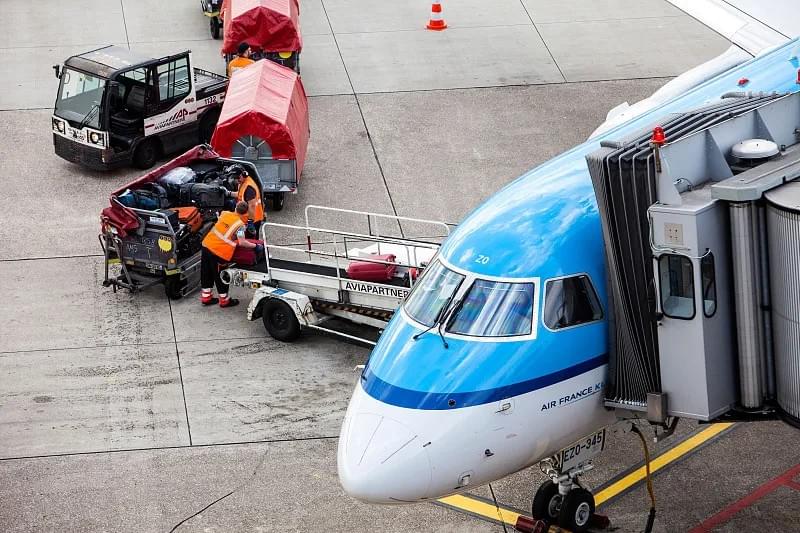
4.2 Essential Equipment for Ground Handling
Ground handling relies on specialized tools to get the job done efficiently. Here are the most important pieces:
- Tugs: Small, powerful vehicles that tow aircraft to and from gates. They’re designed to handle heavy loads (up to 100+ tons) without damaging the plane.
- Belt Loaders: Mobile conveyors that lift baggage and cargo from carts to the aircraft’s cargo hold. They adjust to different plane heights, making loading faster and safer.
- De-Icing Machines: Critical for airports in cold climates. These machines spray a special fluid on the plane’s wings and fuselage to remove ice and snow, preventing accidents during takeoff.
- Refueling Trucks: Equipped with large tanks and hoses to quickly refuel aircraft. Modern trucks have sensors to avoid overfilling, ensuring safety and efficiency.
4.3 Safety Protocols for Ground Handling
Safety is non-negotiable in ground handling—mistakes can lead to injuries, aircraft damage, or even crashes. Airport Operations teams follow strict protocols:
- Staff Training: All ground handlers must complete rigorous training on equipment use, emergency procedures, and aviation safety rules. Many airports require annual recertification to keep skills sharp.
- Equipment Inspections: Every tool (tugs, belt loaders, de-icing machines) is inspected daily before use. Any issues (e.g., a broken hose on a refueling truck) are fixed immediately to avoid accidents.
- Communication Protocols: Ground handlers use two-way radios to communicate with each other and the flight crew. This ensures that everyone knows when the plane is ready for takeoff or if there’s a delay.
- Emergency Drills: Regular drills (e.g., simulating a fuel spill or a stuck baggage loader) prepare teams to respond quickly to crises, minimizing risk to staff and passengers.
5. Air Traffic Control: Ensuring Safe Airport Operations
Air Traffic Control (ATC) is the “traffic cop” of Airport Operations, responsible for guiding aircraft in the sky and on the ground. Without ATC, airports would be chaotic—planes would risk colliding, and flights would be delayed indefinitely. ATC’s role is especially critical at busy airports, where hundreds of flights take off and land daily.
5.1 What Is Air Traffic Control?
ATC is a team of trained professionals who manage aircraft movements using radar, radios, and digital tools. Their key responsibilities include:
- Takeoff & Landing Guidance: ATC clears planes for takeoff and landing, ensuring that only one aircraft uses the runway at a time. They also adjust takeoff/landing times to avoid congestion.
- En-Route Navigation: For flights traveling long distances, ATC guides pilots through controlled airspace, helping them avoid other planes and bad weather.
- Ground Movement Control: ATC directs aircraft on the tarmac (e.g., from the gate to the runway) and coordinates with ground handlers to ensure that planes don’t block each other.
- Emergency Response: If a plane has a problem (e.g., engine failure), ATC prioritizes its landing and coordinates with emergency services (firefighters, paramedics) to be ready.
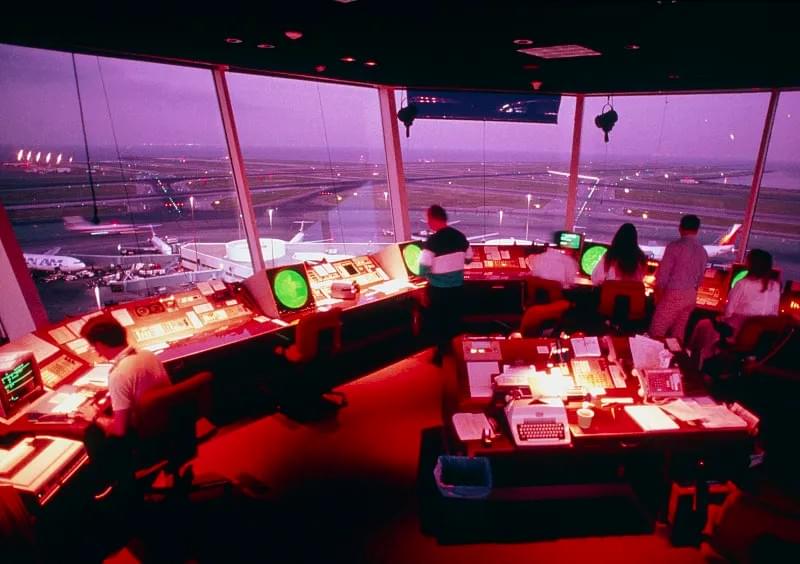
5.2 How ATC Impacts Airport Operations
ATC directly affects every part of Airport Operations, from flight schedules to passenger flow:
- Reducing Delays: By efficiently scheduling takeoffs and landings, ATC minimizes wait times for aircraft. For example, if a flight is running late, ATC can adjust its landing slot to avoid holding patterns in the sky.
- Improving Safety: ATC’s radar systems and real-time communication prevent collisions. In 2024, global ATC systems helped reduce aviation accidents by 15% compared to the previous year.
- Supporting Capacity: As air traffic grows (expected to increase by 20% by 2030), ATC uses advanced tech (like AI-powered scheduling) to help airports handle more flights without compromising safety.
5.3 Modern Technologies in Air Traffic Management
To keep up with growing demand, ATC is adopting new technologies to enhance Airport Operations:
- Advanced Radar Systems: Next-generation radar can track smaller aircraft (e.g., private planes) and provide more accurate data on weather conditions, helping ATC make better decisions.
- Automated Communication Tools: AI-powered chatbots and voice recognition software let ATC communicate with pilots faster, reducing radio congestion during peak hours.
- Data Sharing Platforms: ATC systems now share real-time data with airports, airlines, and ground handlers. This means everyone has the same information (e.g., a delayed flight), allowing teams to adjust plans proactively.
- Drone Integration: As drones become more common (for cargo delivery, inspections), ATC is developing systems to track and manage them, ensuring they don’t interfere with commercial flights.
6. Future Trends in Airport Operations (2025 & Beyond)
The aviation industry is constantly evolving, and Airport Operations must adapt to stay efficient and competitive. Below are the top trends shaping the future of Airport Operations—and how airports can leverage them to attract more passengers and airlines.
6.1 Increased Automation
Automation will go beyond check-in kiosks and baggage sorting. Future Airport Operations will use:
- AI-Powered Scheduling: Algorithms will predict flight delays (based on weather, traffic, and maintenance issues) and adjust schedules automatically, reducing human error.
- Robotic Ground Handlers: Drones and robots will handle tasks like inspecting aircraft wings or delivering small cargo, freeing up staff for more complex work.
- Biometric Security: Facial recognition and fingerprint scans will replace boarding passes and passports, making check-in and security faster and more secure.
6.2 Sustainability in Airport Operations
As environmental concerns grow, airports will prioritize eco-friendly Airport Operations:
- Electric Ground Equipment: Tugs, belt loaders, and refueling trucks will run on electricity instead of diesel, reducing carbon emissions.
- Solar-Powered Terminals: More terminals will use solar panels to power lights, HVAC systems, and digital displays, cutting energy costs and carbon footprints.
- Waste Reduction: Airports will implement recycling programs for food waste, plastic, and aircraft parts, aiming to be zero-waste by 2035.
6.3 Passenger-Centric Design
Future terminals will focus on making travel more comfortable and personalized. Airport Operations will include:
- Smart Lounges: Lounges with adjustable seating, charging ports, and personalized entertainment (e.g., streaming services linked to a passenger’s phone).
- On-Demand Services: Apps that let passengers order food, book airport transfers, or schedule spa treatments—all from their phones, reducing wait times.
- Accessibility Improvements: More ramps, elevators, and trained staff to assist travelers with disabilities, ensuring that Airport Operations are inclusive for everyone.

7. Conclusion: Elevate Your Airport Operations Today
Airport Operations are the heart of successful aviation—they determine whether an airport is safe, efficient, and appealing to passengers. In 2025, airports that invest in advanced management systems, optimize their terminals, and prioritize safety and sustainability will stand out in a crowded market.
Whether you’re an airport manager looking to upgrade your operations or an airline partner seeking a reliable hub, the key is to focus on integration: connecting processes (ground handling, ATC, passenger services), teams (terminal staff, ground handlers, ATC controllers), and technology (management systems, automation tools) to create a seamless ecosystem.
By following the strategies outlined in this guide, you can transform your Airport Operations—reducing delays, improving passenger satisfaction, and positioning your airport for long-term success.
Ready to Enhance Your Airport Operations?
At Haisen, we specialize in designing integrated Airport Operation Management Systems that streamline processes, boost efficiency, and enhance safety. Our solutions are tailored to your airport’s size and needs, whether you’re a small domestic hub or a busy international terminal.
Contact our team today to schedule a demo and learn how Haisen can help you take your Airport Operations to the next level. Let’s build a smarter, safer, and more efficient airport—together.

